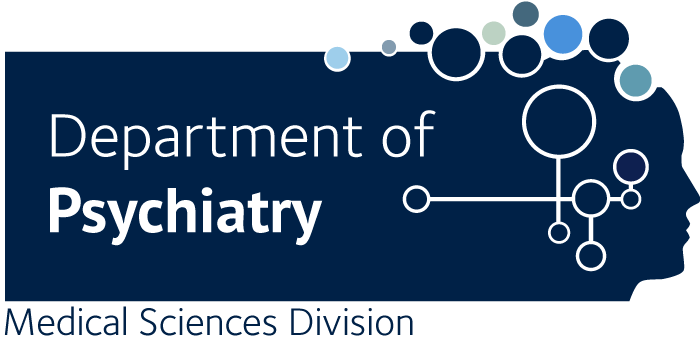Adolescent girls' explanations of high rates of low mood and anxiety in their population: a co-produced qualitative study.
Demkowicz O., Jefferson R., Nanda P., Foulkes L., Lam J., Pryjmachuk S., Evans R., Dubicka B., Neill L., Winter LA., Nnamani G.
BACKGROUND: From early adolescence, girls face greater risk of experiencing low mood and anxiety relative to boys, with recent evidence that this may be worsening. There is a paucity of mental health research that meaningfully progresses understanding of these gender disparities, including that engages adolescent girls' own perspectives, limiting our ability to direct further research and enhance intervention approaches. AIMS: We examined low mood and anxiety from the perspective of adolescent girls, asking: What do adolescent girls perceive to be causing their population's high rates of low mood and anxiety? METHODS: We adopted a co-produced qualitative design, guided by ecological systems theory, conducting focus groups in 2022 with 32 adolescent girls aged 16 to 18 years in England. Data were analysed using reflexive thematic analysis. ANALYSIS: Participants framed low mood and anxiety among adolescent girls as "normal", and discussed potential explanations including persistent reiteration and expectation of gendered norms, intense educational pressures in ways that can be gendered, difficulties within peer relationships, and comparison and insecurity in social media contexts. Throughout, participants highlighted how complex these issues are, including nuances around individual differences, sociodemographic contexts, and societal contexts. CONCLUSIONS: The study offers a critically important contribution to evidence on gendered inequalities in low mood and anxiety, drawing attention to the interwoven and complex nature of girls' lives and illuminating various aspects that would benefit from greater research. The insights gained through exploration with girls themselves hold policy and practical relevance to enhance systems to meet girls' needs.

